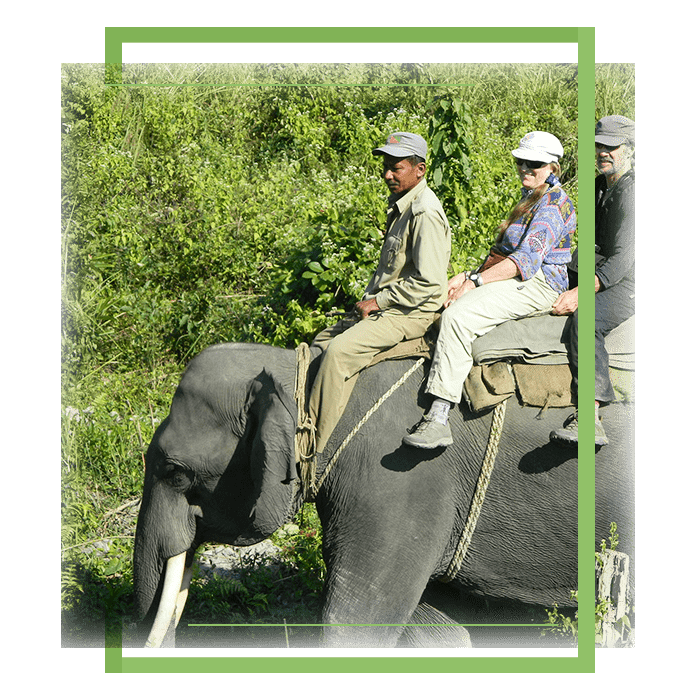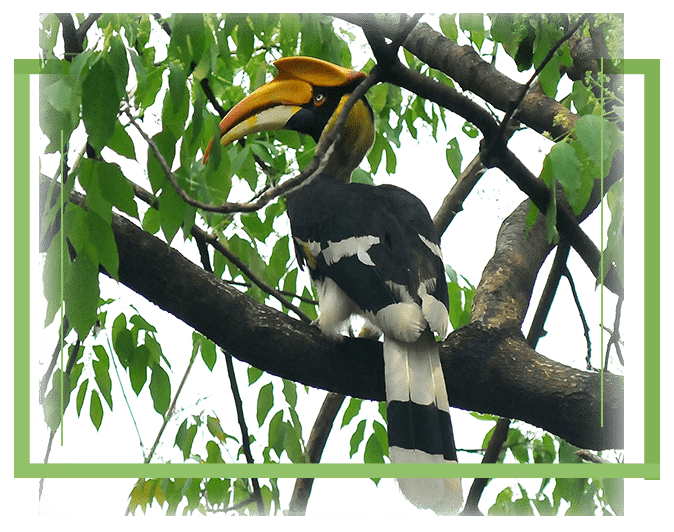Recognized as the only tiger reserve in the state of Assam, the Manas national park is one of the most popular tourist sites in this region. Known for its rich biodiversity and spectacular landscapes, the national park has also been added to the list of World Heritage Sites by UNESCO in the year 1985. Besides being home to the largest population of Indian tiger, the national park is also known for inhabiting numerous endangered animal species including Golden Langoor, Indian rhinoceros and Red Panda that are a major attraction among its visitors. The national park also offers tourists with jeep safari that allows tourist getting close sight of the rich wildlife and endangered species.
Manas National Park Overview

- Location: Nestled in the foothills of Bhutan on the Eastern Himalayas; spanning the Baksa and Chirang Districts in the Bodoland Territorial Area Districts (BTAD), Assam.
- Park Area: 500 sq. km
- Latitude: 26˚30'N - 27˚00'N
- Longitude: 90˚50'E - 92˚00'E
- Rainfall: 3,330 mm annually
- Temperature Range: Minimum 10˚C, Maximum 37˚C
- Best Time to Visit: November to April



